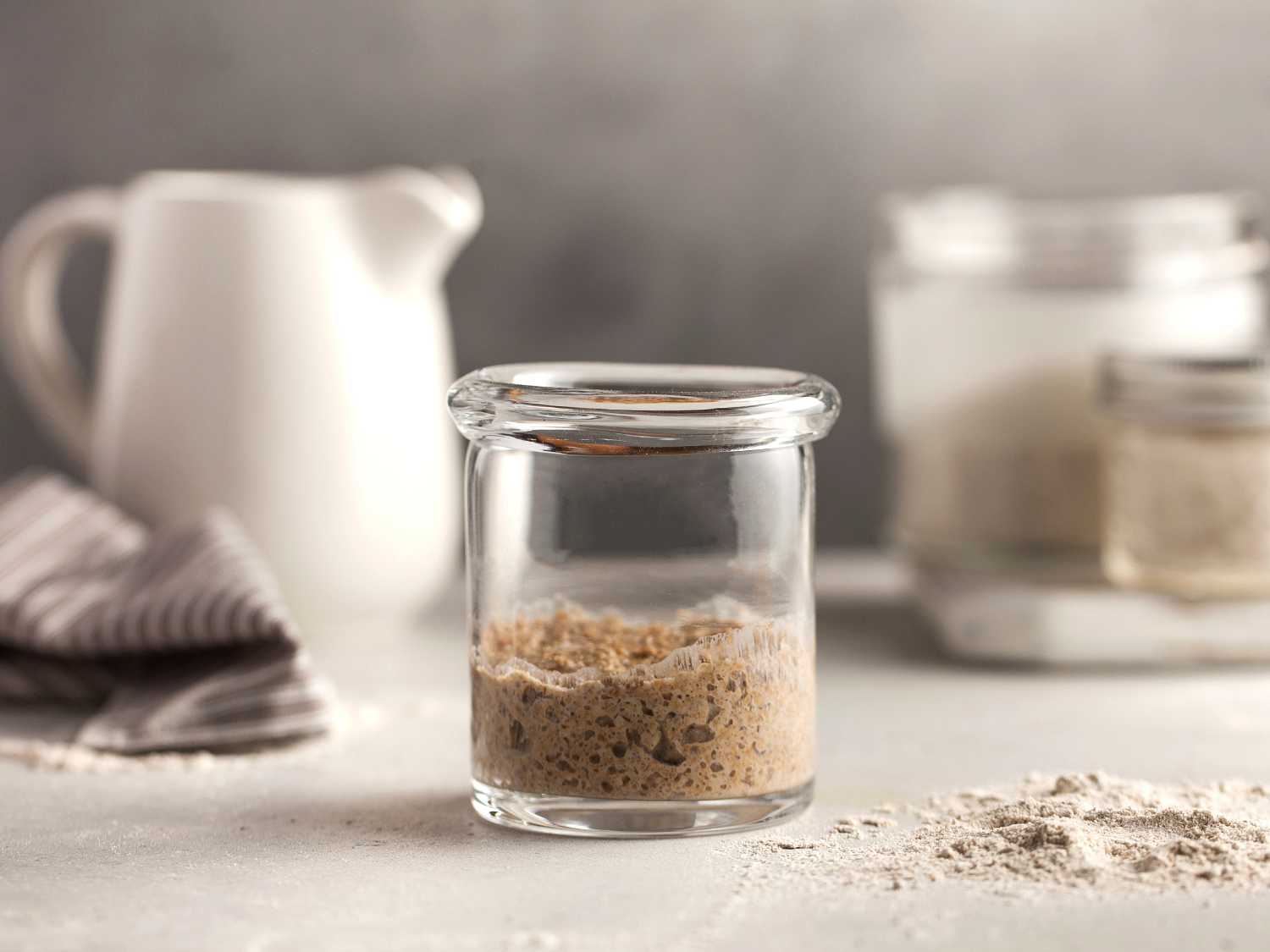
Yeast-free diet, when is it useful and what to eat
The yeast-free diet is a dietary regimen that excludes yeast from the dishes you consume.
Typically, it is suggested and followed under medical supervision due to gastrointestinal issues—such as abdominal pain, bloating, skin itching, and headaches—that are linked to this specific ingredient.
Yeast can cause discomfort in sensitive individuals or those with conditions influenced by diet (for instance, it is sometimes recommended for those suffering from candidiasis).
What is Yeast and How Many Types Exist?
Yeasts are microscopic unicellular fungi used to leaven and ferment doughs and food preparations. They work by breaking down sugar compounds and forming substances like carbon dioxide or ethanol in their place.
This is why the pizza crust is so puffy and bubbly: pockets formed by the release of "air" in the dough. Similarly, grape must becomes alcoholic through fermentation because yeasts help form ethanol.
There are many types of yeast, with the most common being brewer's yeast, which often causes the most discomfort in those intolerant to yeasts.
Chemical yeasts based on bicarbonate have milder effects but can still cause disturbances.
Sourdough is the least impactful on the gastrointestinal level, making it more digestible, but it should still be considered on a case-by-case basis.
Foods to Eat on a Yeast-Free Diet
You can enjoy everything that naturally does not contain yeast, such as protein-based foods (fish, eggs, white meats) and vegetables. Be cautious with potatoes (rich in starch) and legumes (which can still cause intestinal disturbances, especially canned ones).
This doesn’t mean completely excluding pizza, bread, and desserts. Instead, learn to choose or temporarily substitute them with tasty, yeast-free options, possibly homemade.
For example, unleavened bread is very tasty and popular in the Mediterranean area—also known as Arabic bread or Greek bread, the famous "pita"—and it does not contain yeast. There are numerous and varied alternatives, from flatbreads to breadsticks, from rice cakes to homemade crackers, perhaps with added psyllium to thicken the dough and aid digestion.
Be mindful of beverages too: yeasts are not only used in baked goods but also in the fermentation of wine and beer, which could cause discomfort for those with this intolerance.
Finally, avoid overconsumption of sweets and sugary drinks. Everything high in sugar or carbon dioxide—like soft drinks—can cause problems similar to yeasts. The same goes for artificial sweeteners in many industrial foods labeled as "light" but often unhealthy...
Benefits and Drawbacks of the Yeast-Free Diet
A diet of this kind should not be improvised but set up and followed by a specialist. The benefits will likely include the disappearance of annoying symptoms and improved digestion.
A potential nutritional downside could be the deficiency of some important micronutrients, such as B vitamins, which yeast is rich in and often used as a supplement. However, a good nutritionist/dietitian will guide you on how to incorporate these substances while following your new dietary regimen.
The drawbacks are also psychological and social, such as having to "give up" some icons of our cuisine, typically enjoyed in company, like pizza. But don’t despair, many restaurants today cater to these dietary needs—just like gluten-free diets or vegan lifestyles—allowing you to dine out with friends and still enjoy great dishes.
For More Information:
Recommended products
-
Quick shop for Organic Psyllium Peels Powder


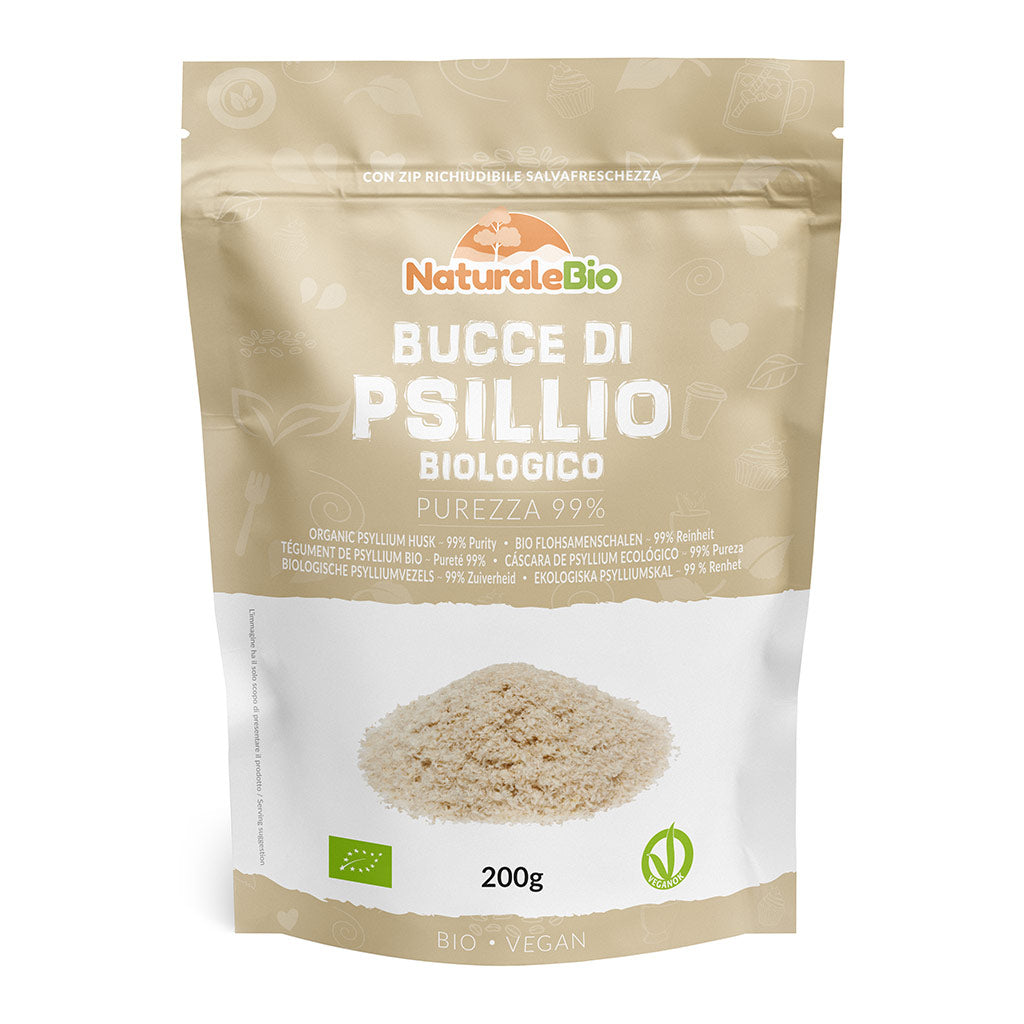
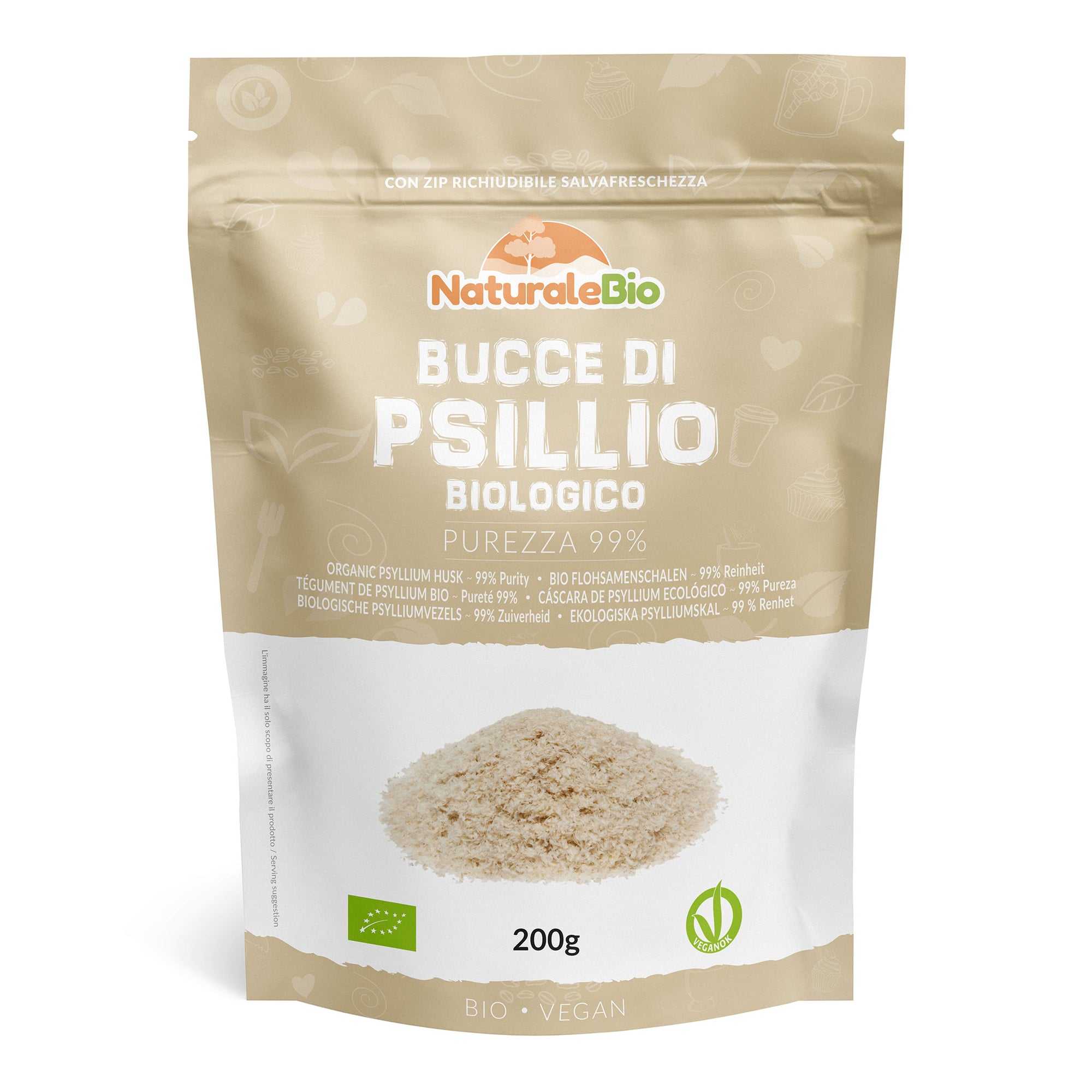
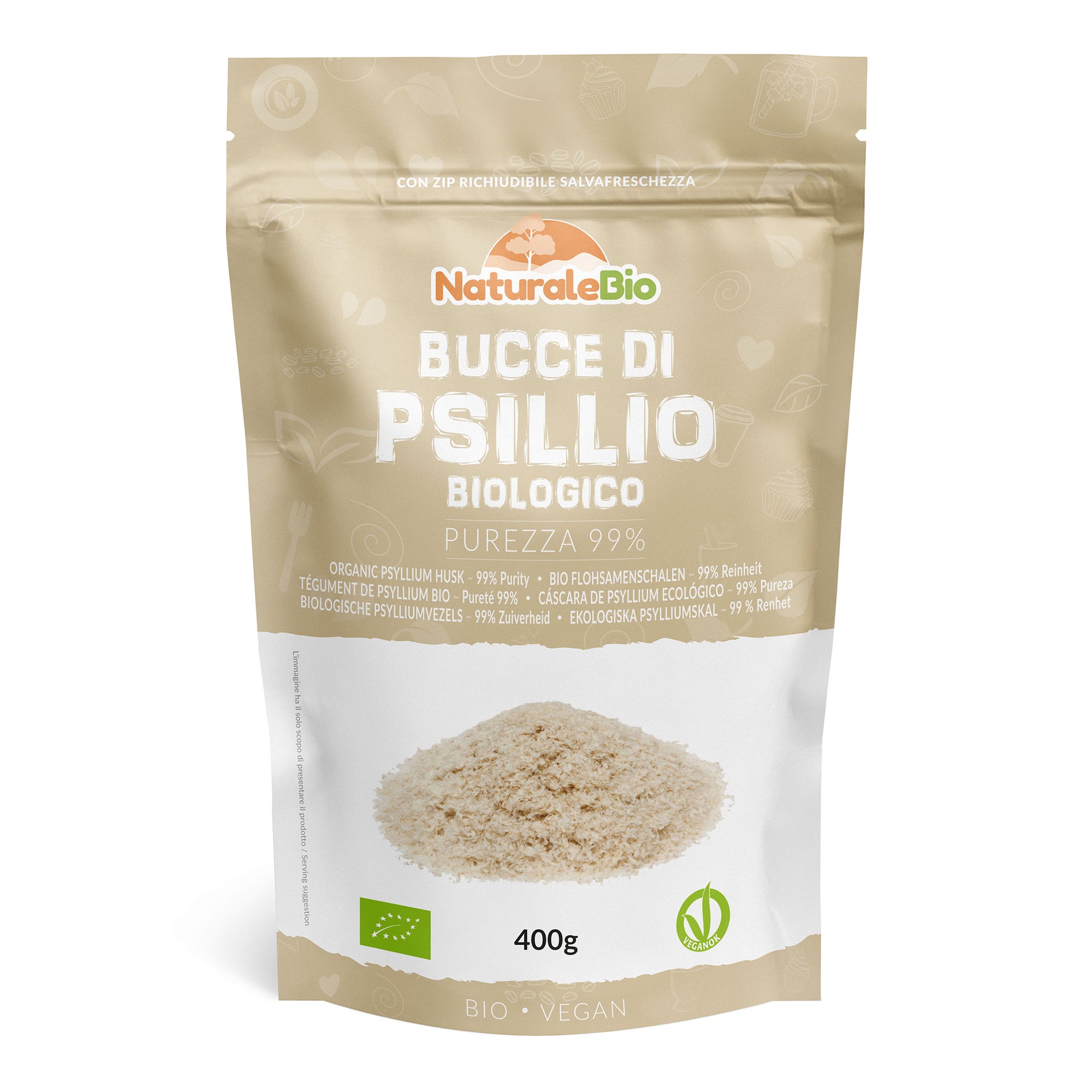
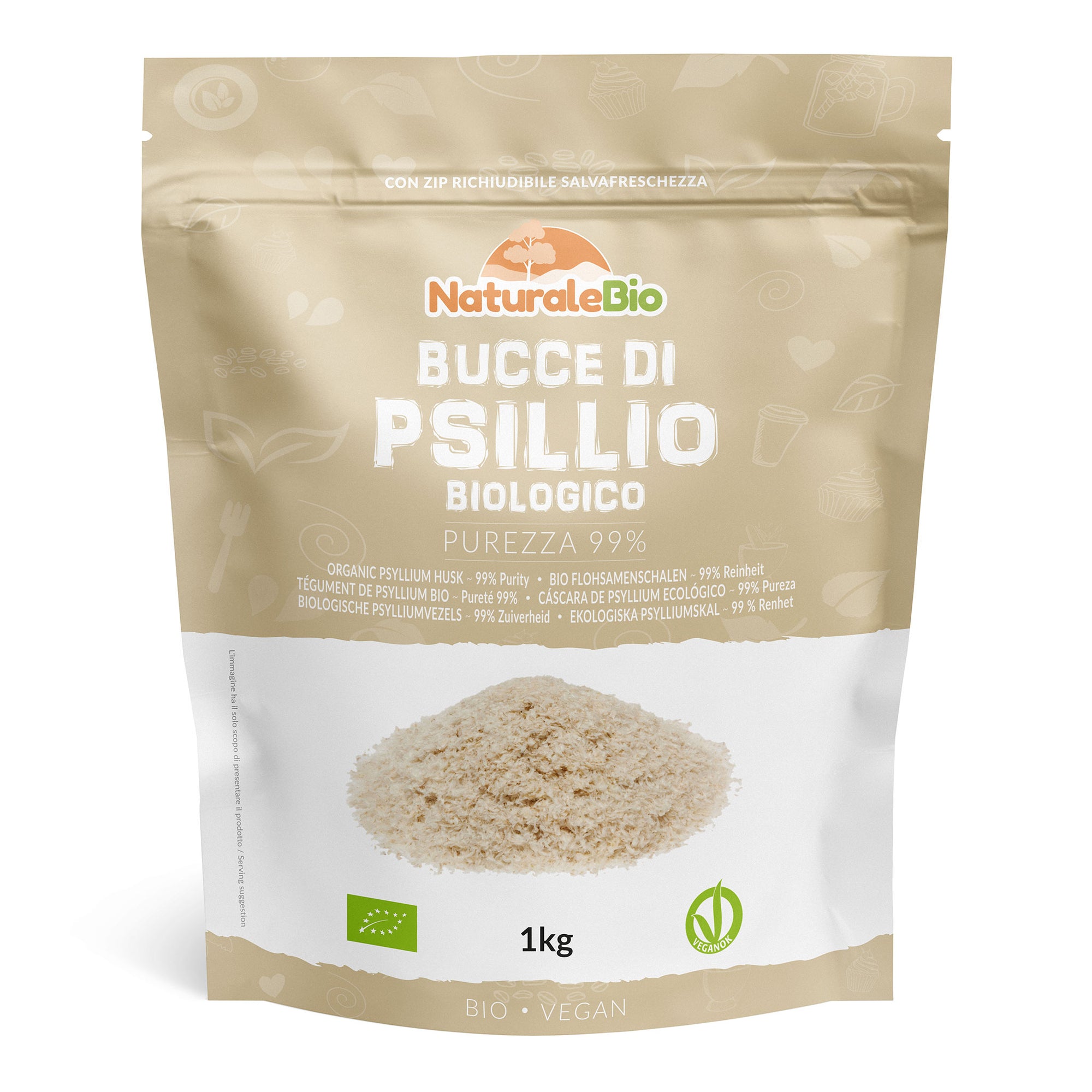
0 comments